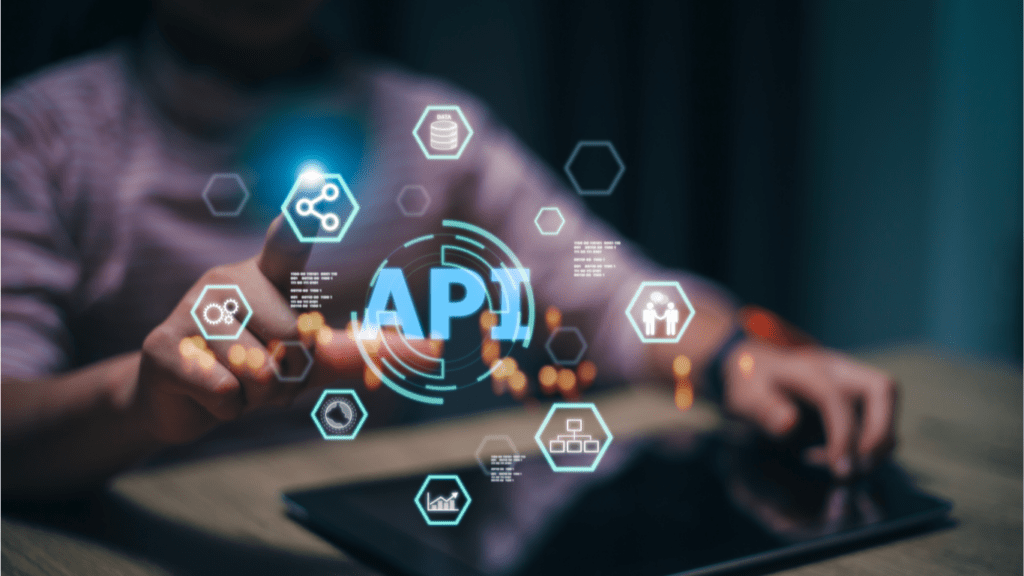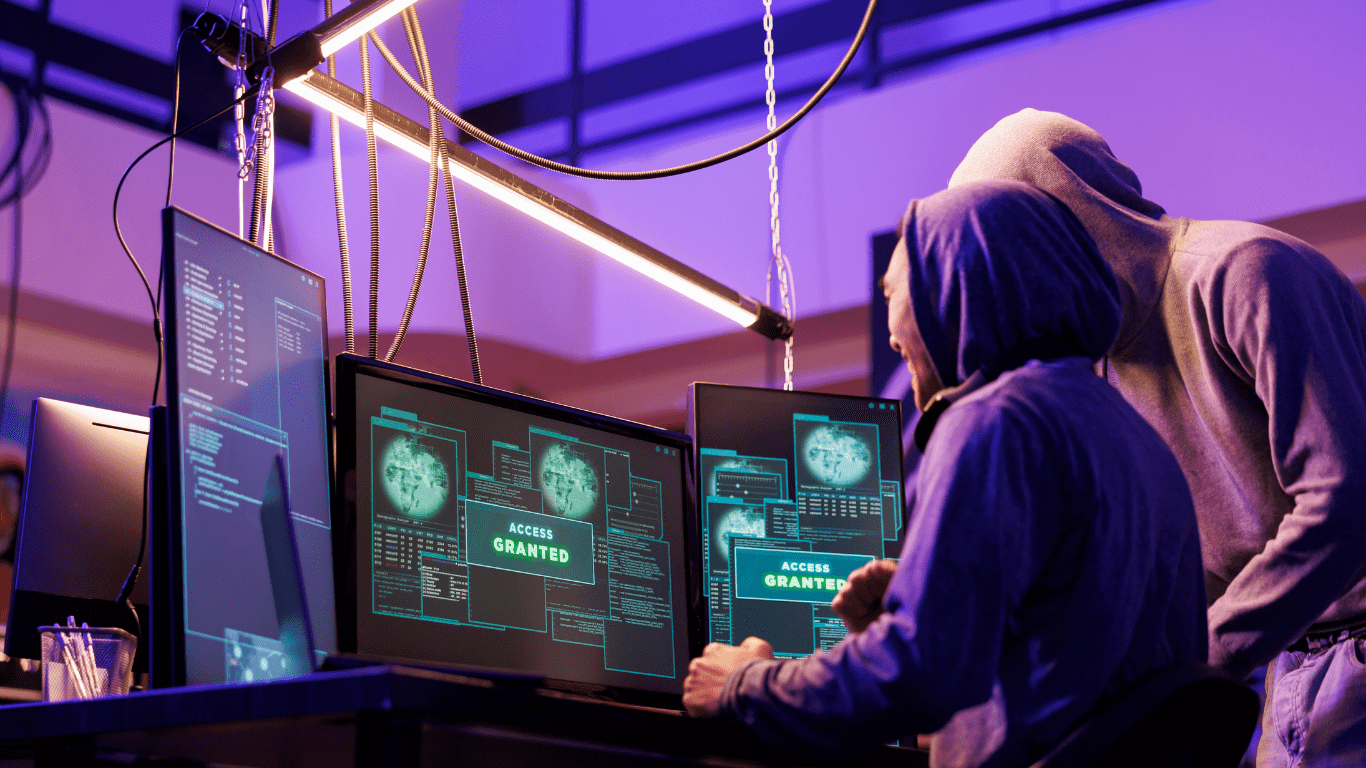In today’s digital landscape, cybersecurity remains a critical concern for businesses worldwide.
The recent surge in cyberattacks has shed light on the vulnerabilities that exist within corporate security measures.
As an experienced cybersecurity professional, I’ve closely monitored the trends emerging from these breaches to understand the evolving tactics employed by malicious actors.
Examining Recent Cybersecurity Breaches
The Magnitude and Impact of Recent Incidents
In recent years, cybersecurity breaches have increased in frequency and severity, shedding light on the vulnerabilities present in corporate security systems.
The attackers’ sophisticated tactics have resulted in significant financial losses for organizations globally.
These incidents have not only tarnished the reputation of affected companies but have also eroded customer trust.
For example, the data breach at XYZ Company exposed sensitive information of over 1 million customers, leading to a substantial drop in their stock value.
Key Vulnerabilities Exploited
Cybercriminals often exploit key vulnerabilities within organizations’ security infrastructure to gain unauthorized access.
One common vulnerability is outdated software that lacks essential security patches, making it an easy target for hackers.
Additionally, weak password policies and inadequate employee training on cybersecurity best practices create openings for attackers to infiltrate systems.
For instance, the ransomware attack on ABC Inc. was successful due to employees clicking on phishing emails that appeared legitimate.
By examining these recent cybersecurity breaches, it becomes evident that proactive measures such as:
- regular security updates
- robust password protocols
- comprehensive employee training
are essential to mitigate risks and safeguard corporate data effectively.
Organizations must stay vigilant and continuously enhance their security measures to prevent falling victim to cyber threats.
Emerging Cybersecurity Trends in Corporate Security
The Rise of Ransomware Attacks
Ransomware attacks have become increasingly prevalent in the corporate security landscape.
These malicious incidents involve hackers encrypting a company’s data and demanding a ransom for its release.
The frequency and sophistication of ransomware attacks continue to escalate, posing a significant threat to organizations of all sizes.
To combat the rise of ransomware attacks, companies need to implement robust backup and recovery strategies.
Regularly backing up data to secure offsite locations can help mitigate the impact of a ransomware attack.
Additionally, employing advanced cybersecurity tools such as endpoint protection and intrusion detection systems can enhance the organization’s overall security posture.
The Increased Complexity of Phishing Schemes
Phishing schemes have evolved in complexity, making them harder to detect and thwart.
Cybercriminals use deceptive tactics, such as social engineering and spoofed emails, to trick employees into disclosing sensitive information or clicking on malicious links.
These sophisticated phishing schemes directly target employees as the weakest link in corporate security.
To address the advanced nature of phishing schemes, organizations must invest in comprehensive security awareness training for employees.
Educating staff on how to identify and respond to phishing attempts can significantly reduce the risk of data breaches.
Implementing email filtering solutions and multi-factor authentication can also provide an additional layer of protection against phishing attacks.
Advancements in Defensive Strategies
Continuing on the discussion of enhancing corporate security measures, it’s essential to explore how organizations are leveraging cutting-edge technologies and security frameworks to bolster their defenses against evolving cyber threats.
Implementation of AI and Machine Learning
Incorporating AI and machine learning into cybersecurity operations has become a game-changer in the ongoing battle against cyber threats.
These technologies enable automated threat detection, behavioral analysis, and anomaly detection in real time.
By leveraging AI-driven solutions, organizations can enhance their ability to detect and respond to potential security incidents proactively.
It’s evident that AI and machine learning play a pivotal role in augmenting traditional security measures to stay ahead of sophisticated cyber attackers.
Prominence of Zero Trust Policies
The significance of Zero Trust policies cannot be overstated in today’s threat landscape.
Zero Trust is a security concept centered on the belief that organizations should not automatically trust anything inside or outside their perimeters and must verify anything trying to connect to their systems before granting access.
This approach involves continuous verification of identities, strict access controls, and micro-segmentation to minimize the attack surface and prevent lateral movement by threat actors.
Implementing Zero Trust policies is a proactive step towards enhancing overall defense mechanisms and safeguarding critical data assets.
By adopting AI and machine learning capabilities alongside Zero Trust policies, organizations can fortify their defensive strategies, mitigate security risks, and adapt to the dynamic cybersecurity landscape effectively.
These advancements mark a shift towards proactive and adaptive security practices to combat the ever-evolving tactics employed by cybercriminals.
The Role of Human Error in Cybersecurity

Common Mistakes Leading to Breaches
In cybersecurity, human error is a significant factor contributing to breaches. Misconfigurations, such as:
- improperly secured cloud storage
- open ports
- weak passwords
- outdated software
where can create vulnerabilities that cyber attackers exploit.
Neglecting software updates and patches leaves systems exposed to known security flaws, making it easier for malicious actors to infiltrate networks.
Reusing weak passwords across multiple accounts increases the risk of unauthorized access, emphasizing the importance of strong, unique passwords for each service.
Training and Awareness Programs
Training employees on cybersecurity best practices is crucial in mitigating human error risks.
Conducting regular awareness programs helps educate staff about the latest cyber threats, social engineering tactics, and safe online behaviors.
Simulated phishing exercises can test employee readiness and empower them to identify and report suspicious emails effectively.
By fostering a culture of security awareness and providing continuous training, organizations can significantly enhance their overall cybersecurity posture and reduce the likelihood of successful cyber attacks.
Legislative and Regulatory Responses
New Policies and Compliance Requirements
In the realm of cybersecurity, staying up-to-date with new policies and compliance requirements is crucial.
Organizations must adhere to a myriad of regulations to ensure the protection of sensitive data and maintain the trust of their stakeholders.
Keeping abreast of the latest cybersecurity laws helps in identifying gaps in existing security measures and implementing necessary changes to fortify defense mechanisms.
Compliance with regulations such as:
- General Data Protection Regulation (GDPR)
- Health Insurance Portability and Accountability Act (HIPAA),
- Payment Card Industry Data Security Standard (PCI DSS)
is essential to avoid regulatory penalties and safeguard against data breaches.
Global Variance in Cybersecurity Legislation
Navigating the diverse landscape of cybersecurity legislation around the globe presents unique challenges for organizations operating across borders.
Different countries have varying regulations governing data protection, privacy, and breach disclosure.
Understanding the global variances in cybersecurity legislation is imperative for multinational corporations to ensure compliance with relevant laws in each jurisdiction they operate.
Factors such as cultural norms, geopolitical considerations, and legal frameworks influence the approach to cybersecurity regulation, requiring companies to tailor their strategies accordingly.
Adhering to the specific requirements of each region demonstrates a commitment to cybersecurity best practices and fosters a culture of trust and transparency with customers and regulatory bodies.
Investing in Cybersecurity: A Cost-Benefit Analysis
1. The Financial Implications of Data Breaches
Data breaches can lead to significant financial repercussions for businesses.
On average, a single data breach can cost a company $3.86 million, considering factors like incident response, legal fees, and regulatory fines.
These costs can escalate based on the size of the breach, with larger breaches potentially costing companies millions more in damages and recovery expenses.
For instance, the Equifax data breach in 2017, which exposed sensitive information of over 147 million individuals, resulted in costs exceeding $1.4 billion for the company.
2. ROI on Cybersecurity Investments
Investing in cybersecurity measures can provide a substantial return on investment (ROI) for organizations.
Research indicates that for every dollar spent on cybersecurity, companies can save an average of $2.70 in breach-related costs.
This demonstrates the value of allocating resources to fortify cybersecurity defenses and mitigate potential breaches.
Moreover, effective cybersecurity investments not only safeguard sensitive data but also enhance customer trust and protect the brand reputation, contributing to long-term financial sustainability.



